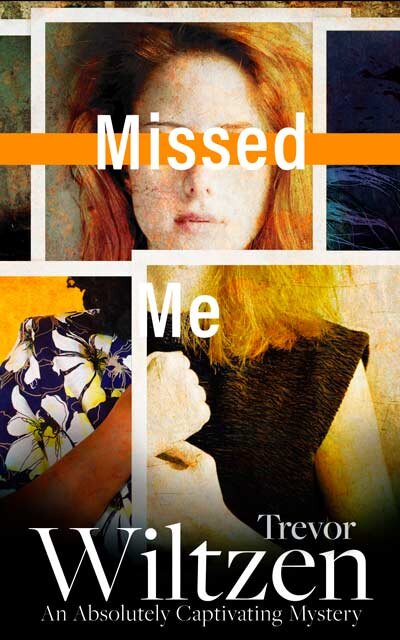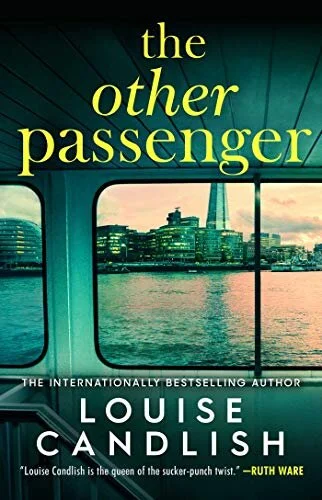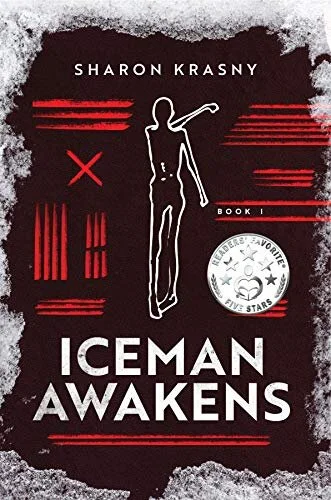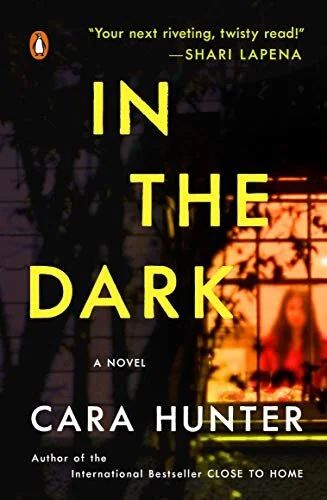Review of Elmore Leonard’s Killshot
Elmore Leonard is the type of crime writer you want to have a beer with. It’s a shame he passed on, as I would have loved to share a pint with him.
One thing is certain about reading an Elmore Leonard novel is that you get to know his characters. I don’t mean the usual sense of knowing when you pick up a fact or two right from the start. I mean, you know them. They feel like someone you have already met. From their first introduction, you can picture their faces and mannerisms, know how they talk, how they move, and how they act. This man, the writer, had a gift. If he were still alive, and we were in a gritty bar, I would have asked him how he did it.
He would have probably returned only an enigmatic smile.
But I bet it was like this.
He figured out his plots by letting his characters talk.
Don’t get me wrong here; his books aren’t about plot. He wasn’t great at those. His stories usually seemed only loosely stitched together. It was letting his characters speak their truth that informed the writer what was going to happen next. Maybe Elmore Leonard might have set up a situation like this: Carmen Colson and her husband, Wayne, with a real estate agent about to buy a home. That’s it.
Imagine the writer sits at his desk. He pulls out his notebook from a drawer (Elmore Leonard was old school) and takes out a pen. Carmen says to Wayne, “Hon, I was born in a house newer than that one.” And Elmore Leonard, the writer, races to catch up to Wayne’s response, as fast as the writer’s pen could scratch ink on paper. That’s why his dialogue is exquisite. Each word and mannerism is true to the character he imagined.
I can picture Elmore Leonard not talking much. I imagine him more of a listener. Someone who might blend into the background of a party to listen to the nuances of speech, the gestures, the tics, and the silences of the people around him.
Killshot is not like one of his forty-seven other books. In most of his writing, the criminals are bad to the bone, and inevitably, push too far the one cool, confident man or woman that will not back down. While Killshot retains Elmore Leonard’s brilliant, gritty characterizations, this novel has something more to it. It’s one of his few works that have a more literary quality. It reads differently than the others. The plot seems more well thought out, the descriptions fuller and more lyrical than his usual works. In this one, Elmore Leonard breaks his own rules. The Blackbird (Armand Degas) is one of Elmore Leonard’s most fleshed-out criminals. I empathized with Armand right from the get-go based on the racism he had faced — except when he wasn’t killing people. Maybe that’s why it’s different this time. Elmore Leonard cared to explain why one of his toughest criminals turned bad. A calm, coolness pervades most of Elmore Leonard’s villains and heroes alike, but this time, he took a chance and went deeper.
Another reason why Killshot is not quite like Elmore Leonard’s other crime novels is that it has more substance and less cool. If you love Get Shorty, you might not quite like this one. But Elmore Leonard takes you down a road where two hardened criminals, starting on a murderous crime spree, meet head-on a salt of the earth ironworker, Wayne, and his sweetheart real estate agent wife, Carmen. Neither side wants to make this a war, but it becomes one. At first, Wayne and Carmen do all the right things an almost victim is supposed to do. But it’s not until the couple stops playing the victim when it becomes an Elmore Leonard crime novel again. Even the Blackbird seemed to have sensed it.











Haunting Pasts Wins for Best Suspense and Best Mystery! — Trevor Wiltzen